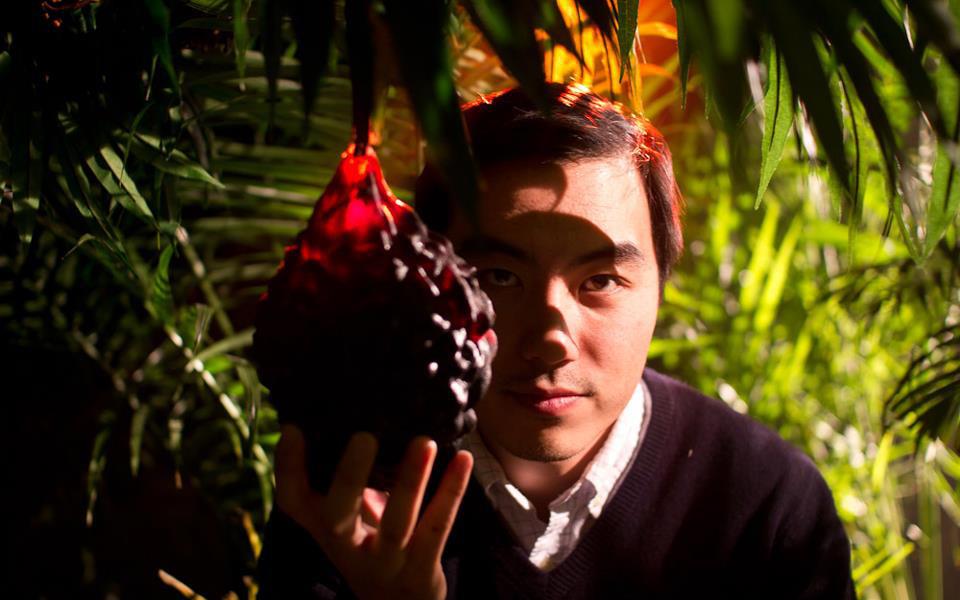A specialty farm in Portland is helping to popularize a green in shellfish’s clothing. The oyster leaf—which has appeared locally at The Walrus & the Carpenter, Harvest Vine, and Mistral Kitchen—is a taste doppelganger for a freshly shucked oyster.
“It just tastes like the sea,” says Leslie Recio of Viridian Farms. Smooth and green as mint ice cream, the thick leaf grows along the Scottish coast. Recio and her husband, Manuel, first encountered it at a three-star Michelin restaurant in Spain, and remade its acquaintance at least year’s Madrid Fusion, a high-powered gathering devoted to new culinary trends and technology. They then began cultivating the plant at their Oregon farm, which Recio says is “extremely difficult . . . I don’t think a home gardener could do it. It would have to be an incredible home gardener with a horticulture degree.”
Most of Viridian’s oyster leaves are shipped to the East Coast; according to Tasting Table, Grant Achatz and Sean Brock are fans of the leaf’s intense brine, which it saps from the soil for protection from freezing temperatures. Since the leaf loses its distinctive flavor when cooked, it’s typically served fresh in a raw oyster’s stead. At Ox in Portland, it’s laid atop halibut. And last year at Alinea, Achatz served the leaf tucked into an oyster shell and garnished with a mignonette.
While it’s thrilling for oyster lovers to encounter a green that tastes like their favorite food, the leaf might be a bigger hit with oyster detractors: “It tastes remarkably like the bivalve,” the Guardian reported this summer. “It’s a lot less likely to give you food poisoning too.”








